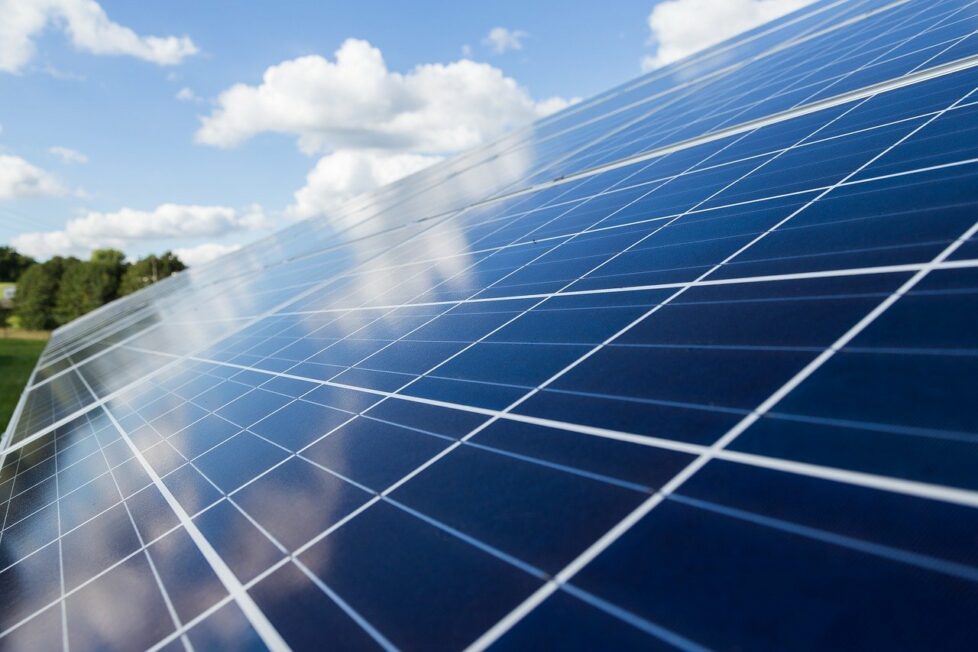Global Investment in Solar Outpacing Oil for First Time Ever: IEA

Investment in clean energy sources and technologies continues to outpace fossil fuel investment, with the gap reaching approximately 70% in 2023, and solar PV on track to attract more capital than oil production globally this year for the first time ever, according to the International Energy Agency’s (IEA) flagship report, World Energy Investment 2023.
According to the report, global energy investment is set to reach $2.8 trillion in 2023, compared to around $2.6 trillion last year, with the bulk of the increase driven by growth in clean energy categories including renewable power, nuclear, grids, storage, low-emission fuels, efficiency improvements and end-use renewables and electrification.
Overall, clean energy investment is expected to reach more than $1.7 trillion this year – exceeding fossil fuel investment by around 70% – up around 8% year-over-year, and by more than 50% over the past five years, when clean energy and fossil fuel investment were roughly equal at $1.1 trillion each.
The biggest driver of the clean energy investment growth is renewable energy, attracting more than $650 billion in capital in 2023, up 11% year-over-year, and 75% over the past five years. Rapid electric vehicle (EV) growth is also emerging as a significant contributor to the increase, up by more than 800% since 2018 to nearly $130 billion this year. The two categories combined account for roughly two-thirds of the increase in clean energy investment over the past five year.
Within renewable energy, solar PV has been the key growth driver, attracting approximately $380 billion in capital this year – or more than $1 billion per day – and exceeding investment in upstream oil production, estimated at around $370 billion – for the first time ever.
While noting the significant growth in clean energy investment over the past few years, the report also found significant concentration in the sector, with more than 90% of the investment growth over the past two years taking place in China and advanced economies such as the EU and U.S.
The report also found that while clean energy investment is outpacing fossil fuels, the latter category has seen a steady increase in investment growth since its sharp COVID-era decline 2020, and is anticipated to reach approximately $1.05 trillion this year, roughly similar to 2019 levels.
Spending on upstream oil and gas is set to grow by 7% this year, although the report noted that the Middle Easter national oil companies are among the only oil producers that are increasing investment, while increases in natural gas spending appear to be driven primarily to offset the loss in supply following Russia’s invasion of Ukraine.
Beyond these factors, longer-term demand uncertainties, cost concerns and investor pressure appear to be driving a shift in capital allocation at oil and gas companies towards returns rather than production growth. Oil and gas capital expenditure as a share of the distribution of cash spending by the industry, for example, fell to less than half in 2022, compared to more than 80% in each year from 2008 – 2017, while dividends, net share buybacks and net debt repayments reached a 52% share.
IEA Executive Director Fatih Birol, said:
“Clean energy is moving fast – faster than many people realise. This is clear in the investment trends, where clean technologies are pulling away from fossil fuels. For every dollar invested in fossil fuels, about 1.7 dollars are now going into clean energy. Five years ago, this ratio was one-to-one.”
Click here to access the report.
The post Global Investment in Solar Outpacing Oil for First Time Ever: IEA appeared first on ESG Today.